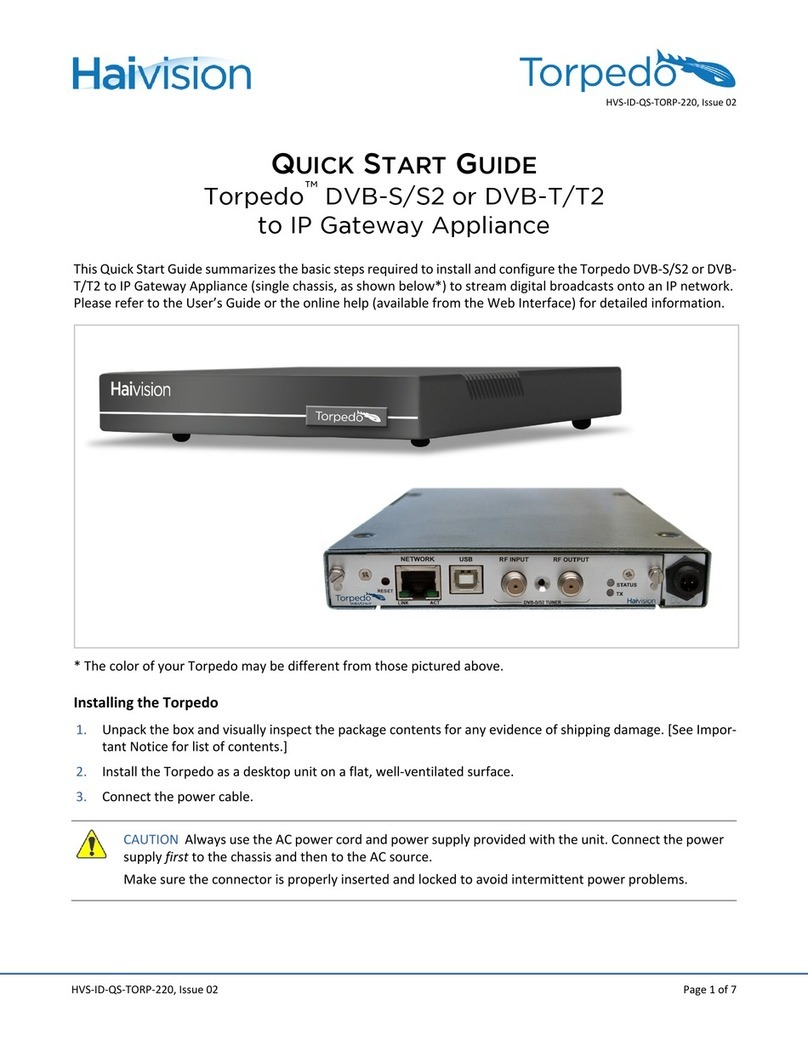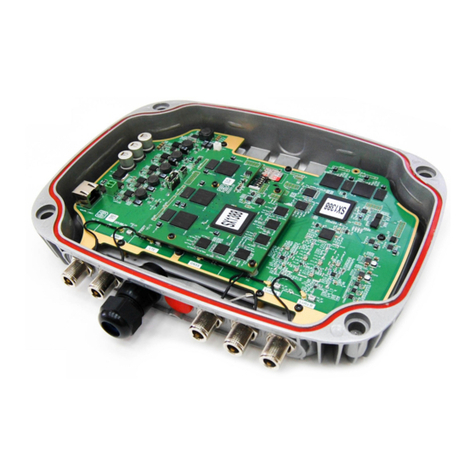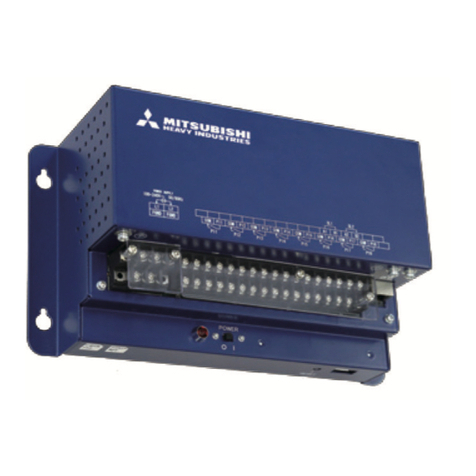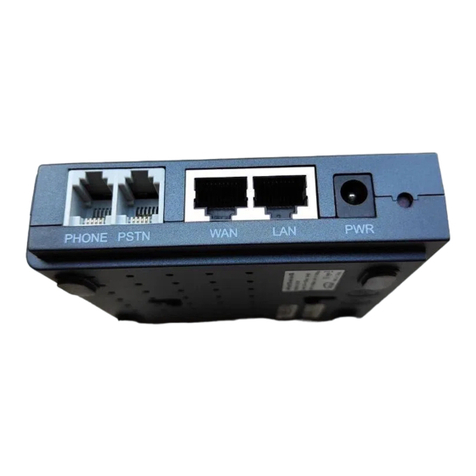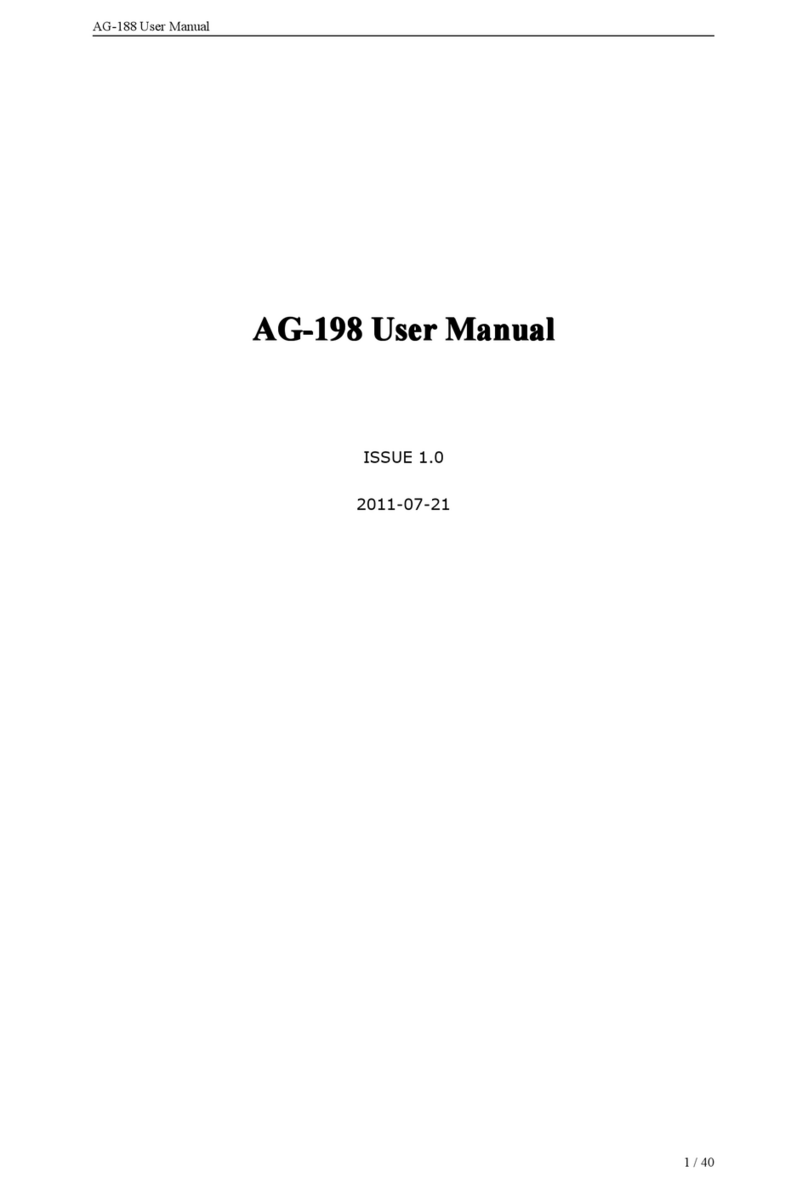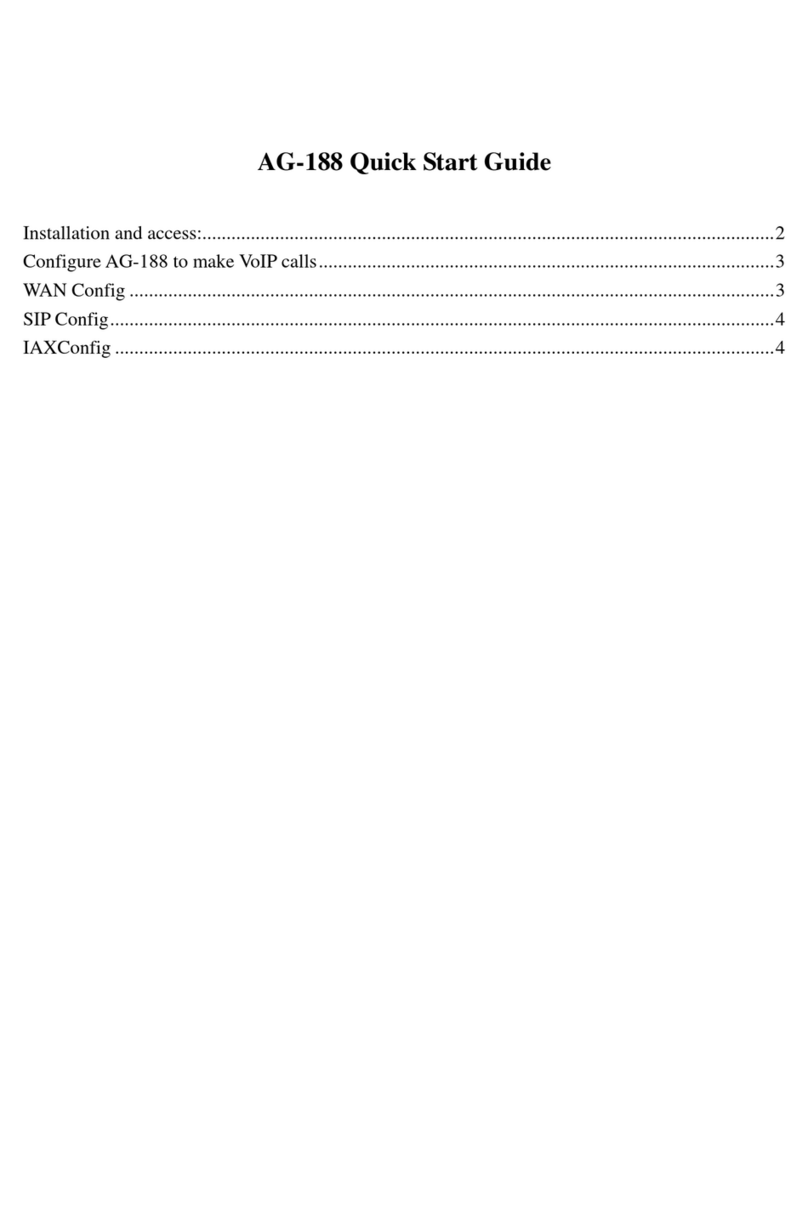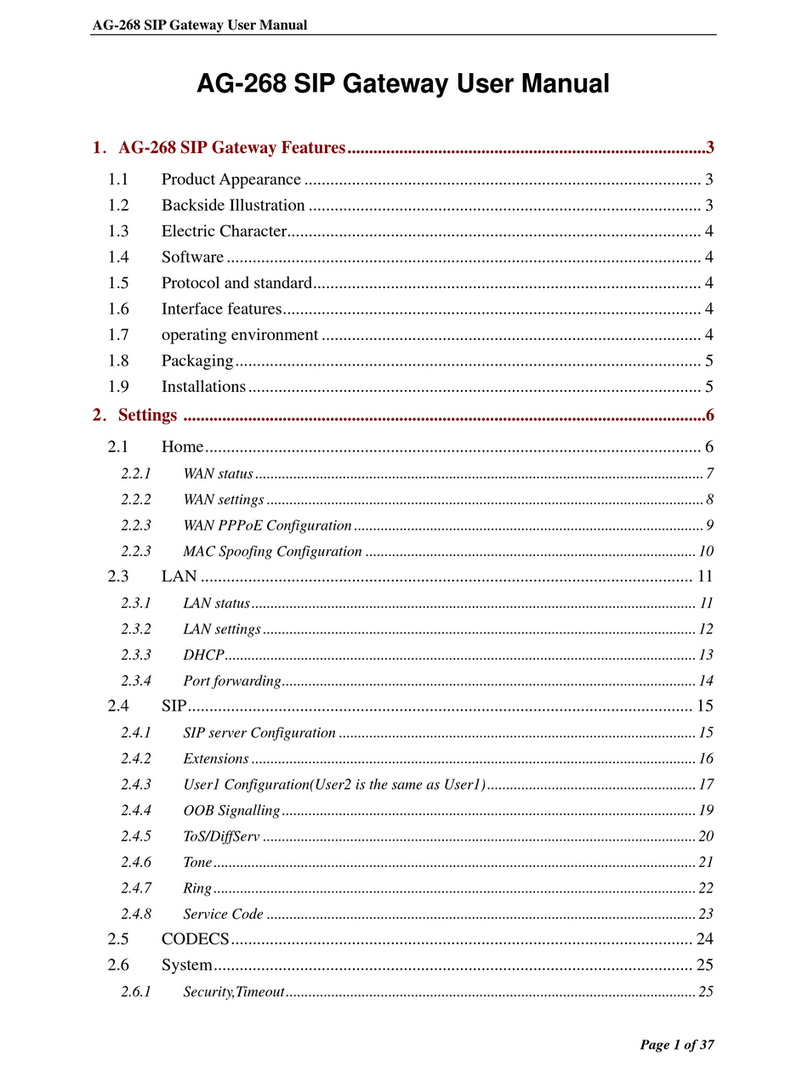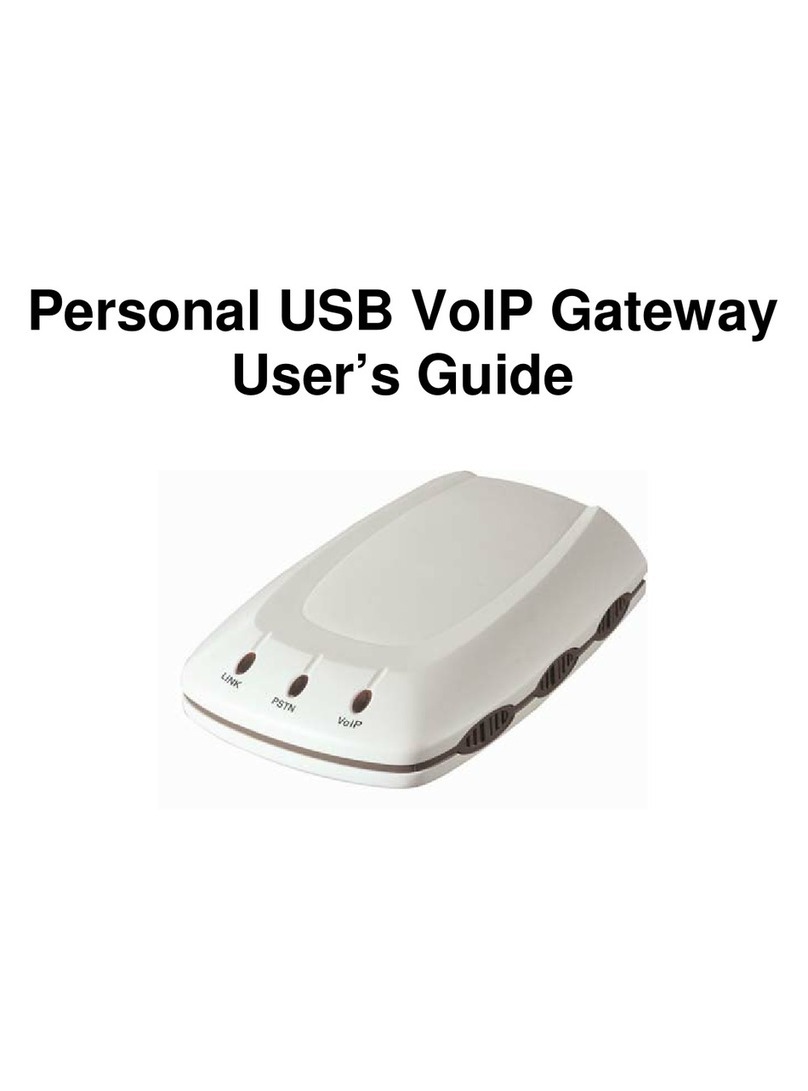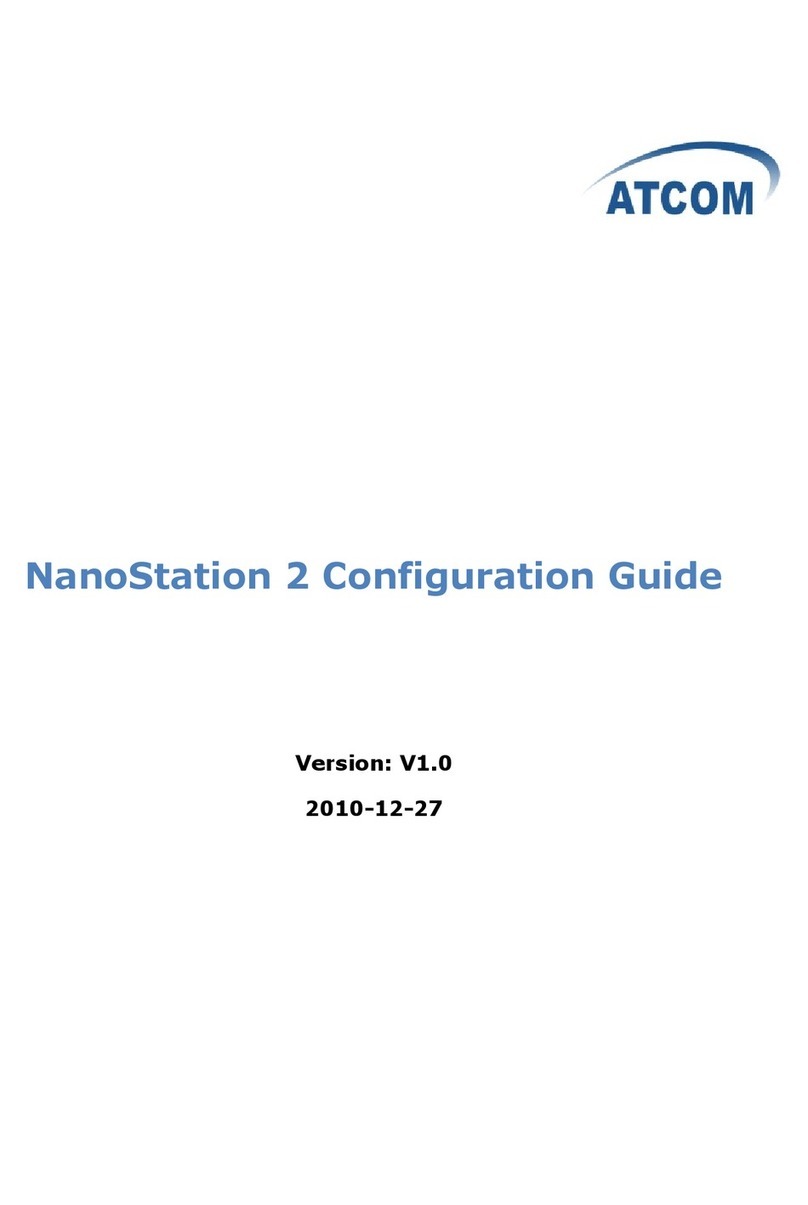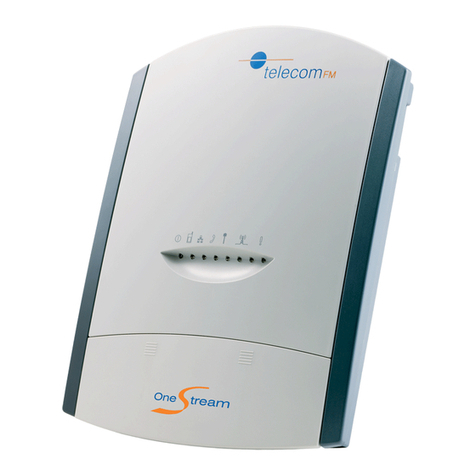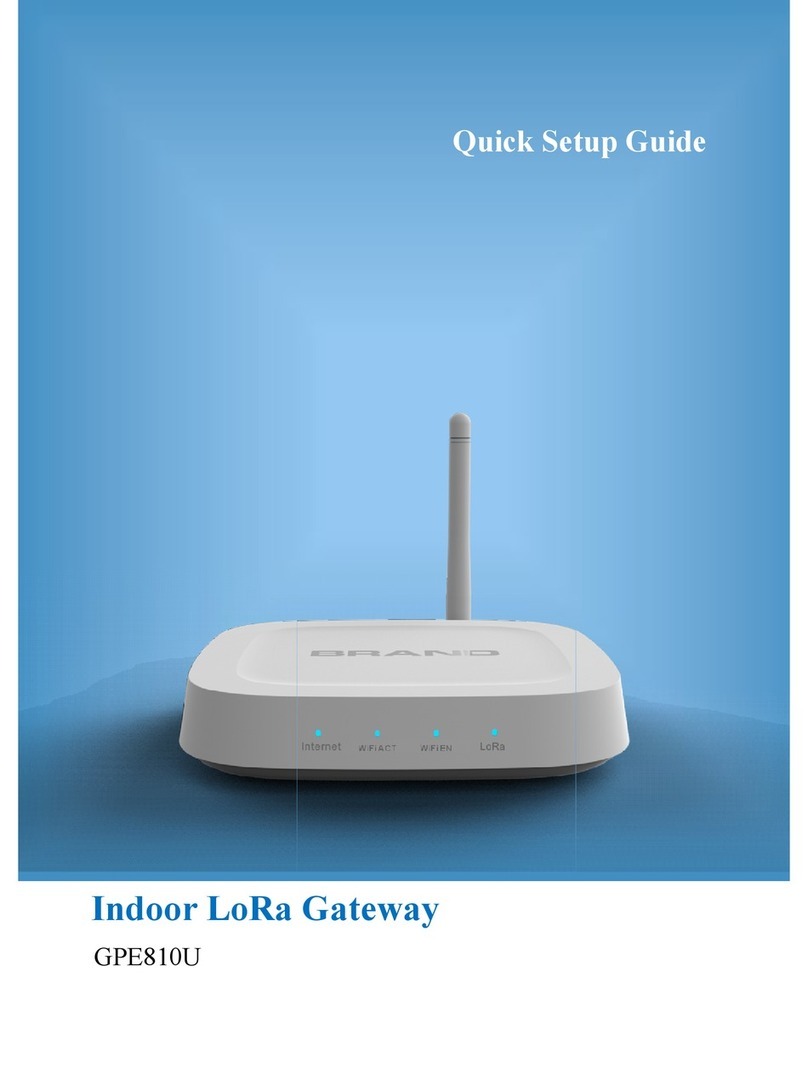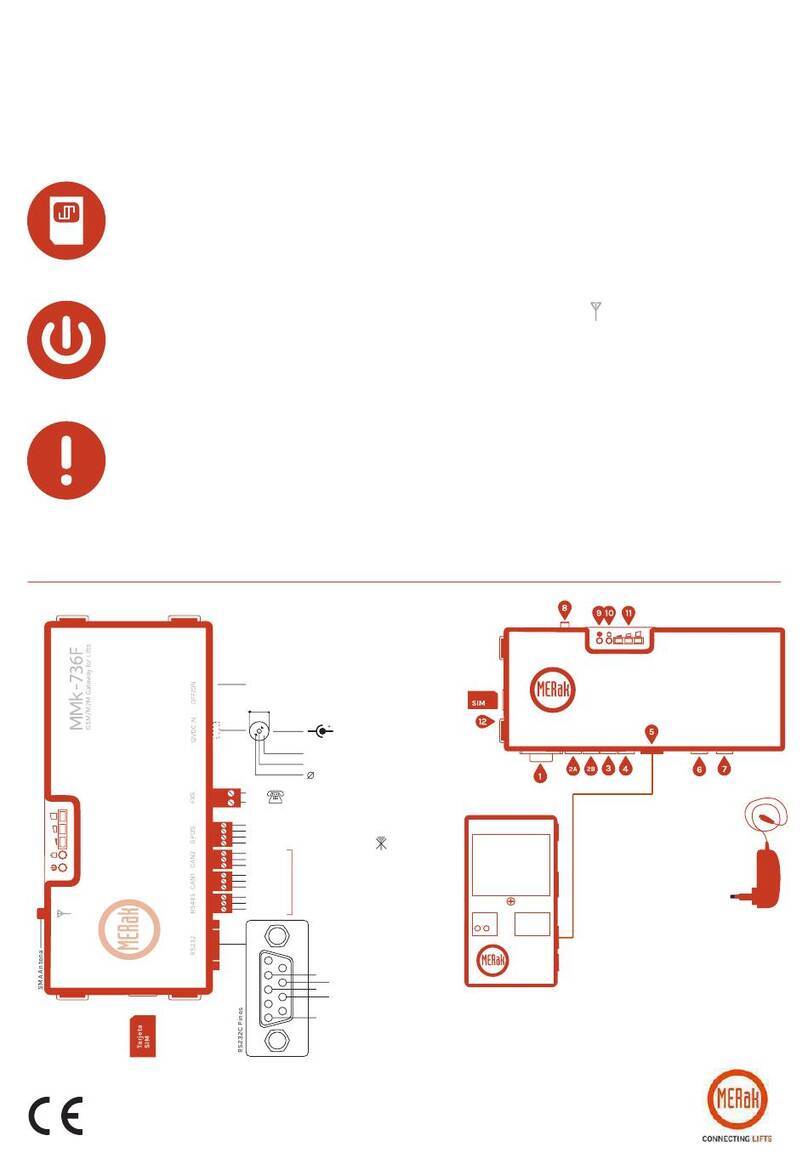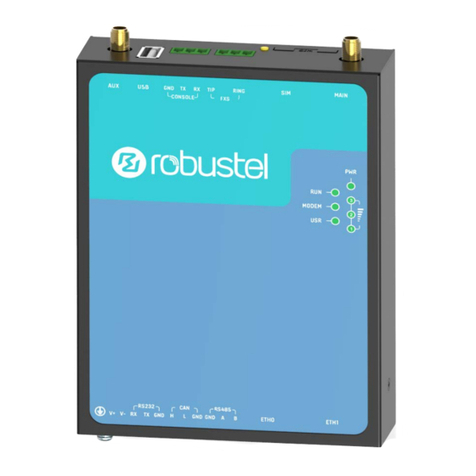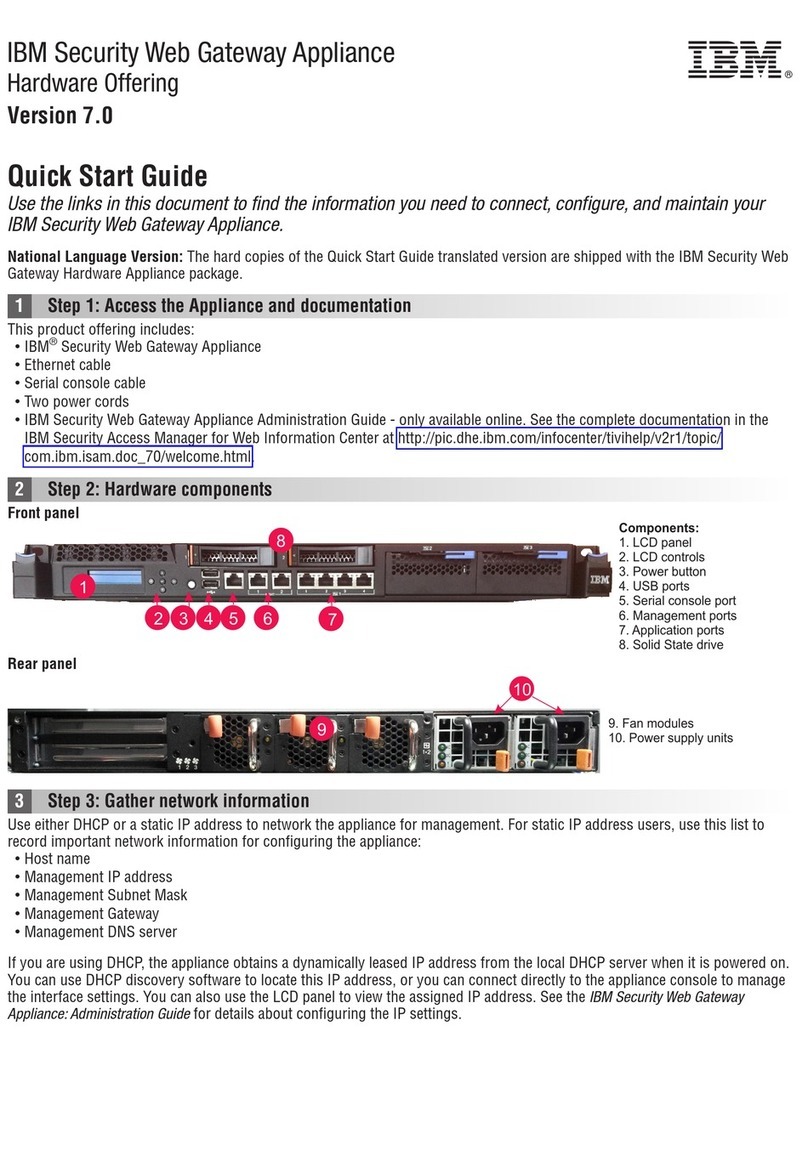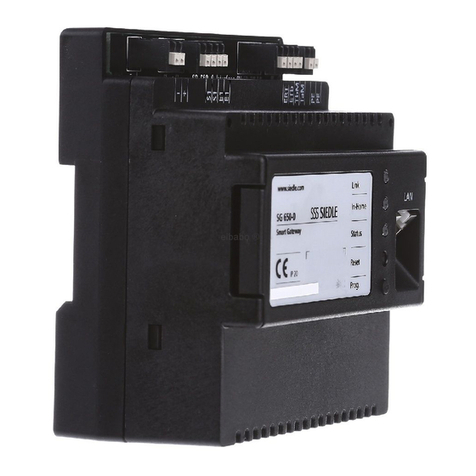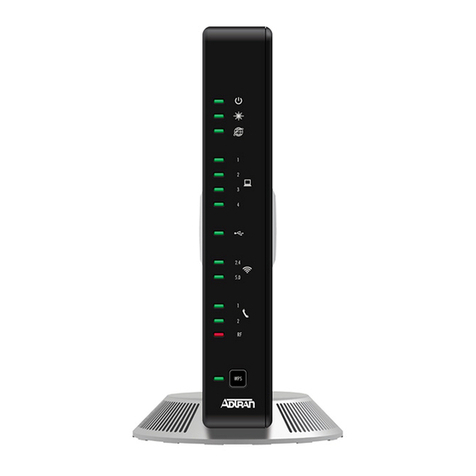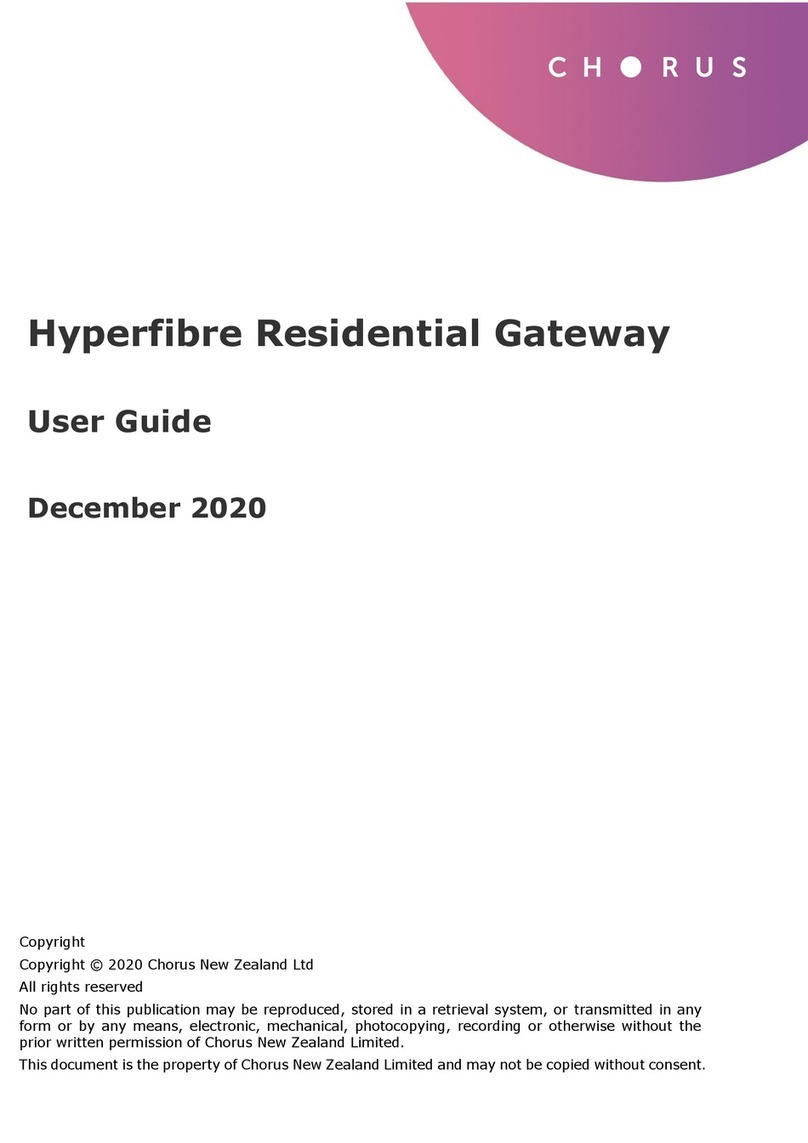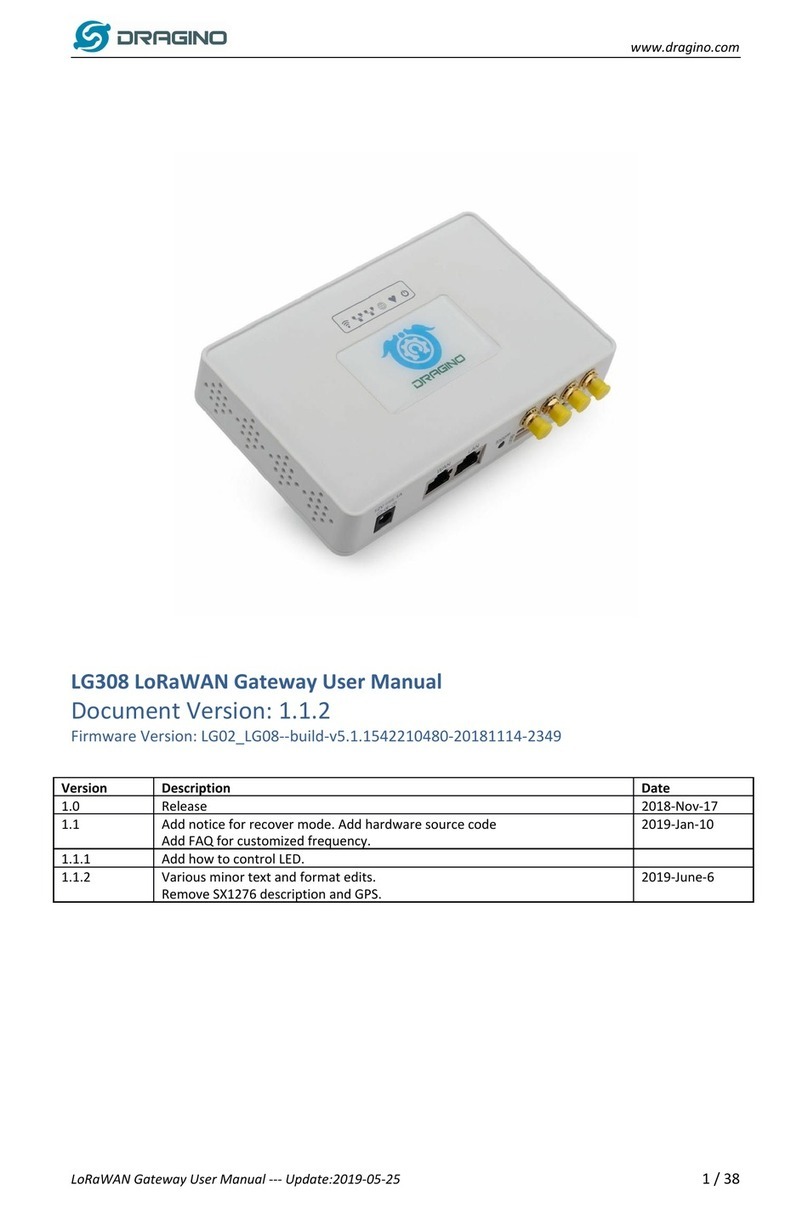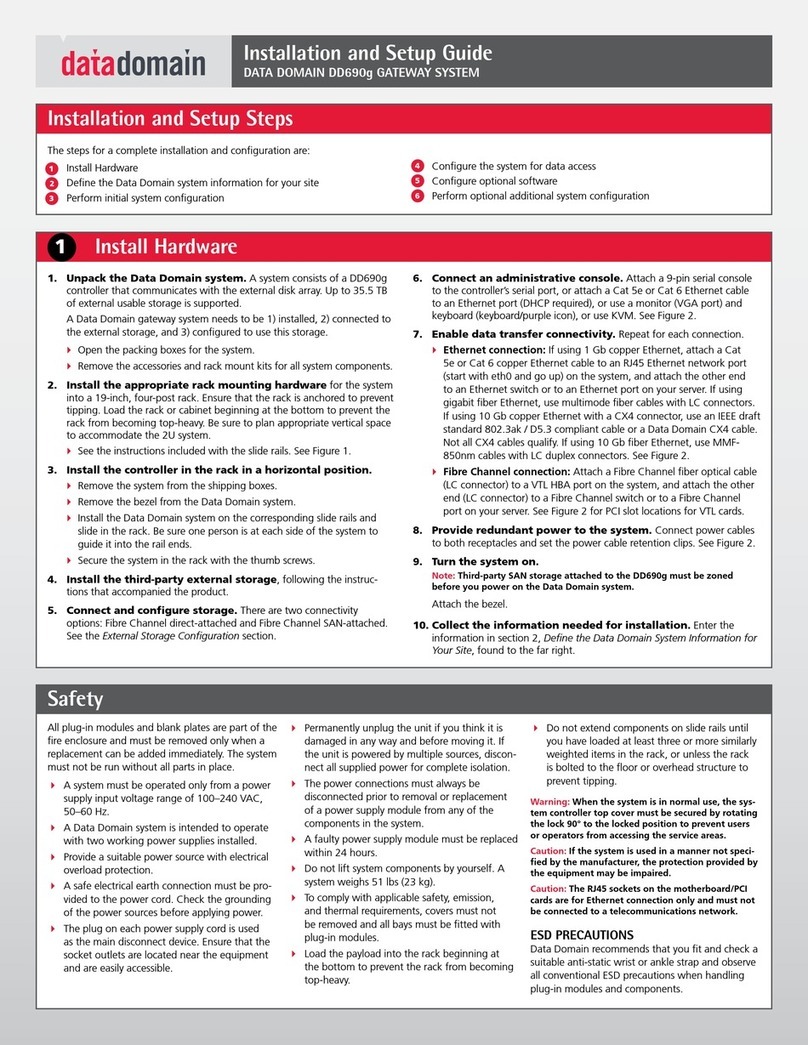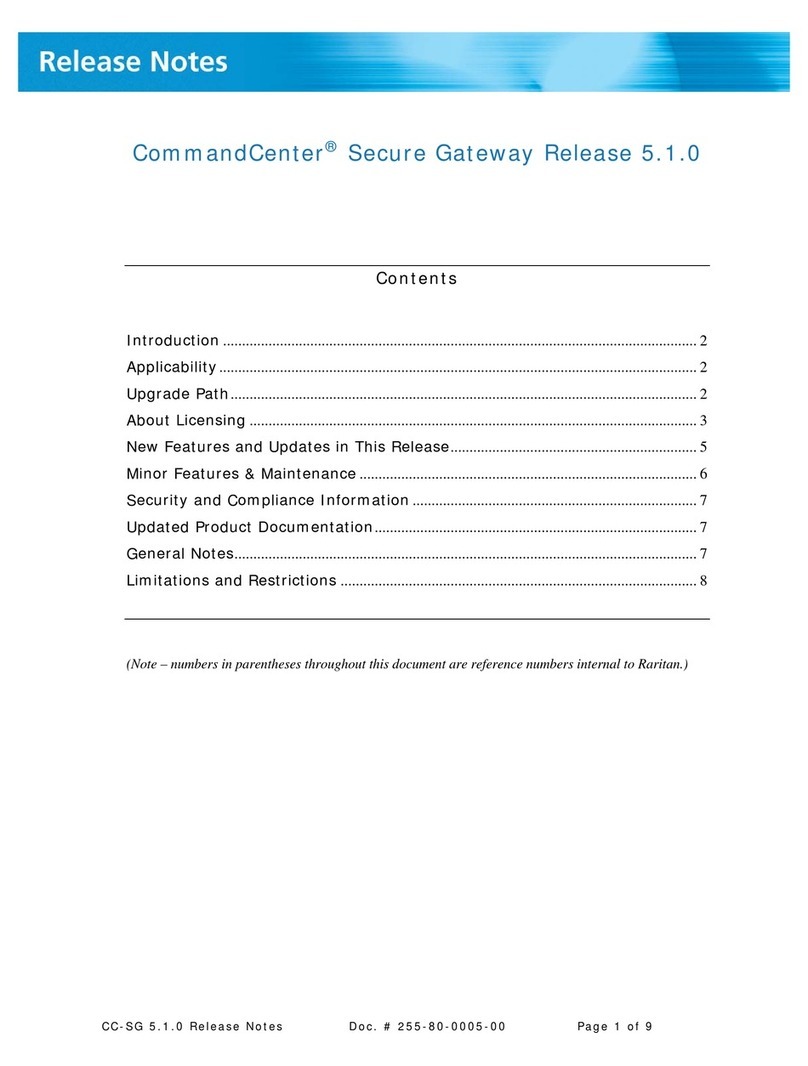
AG-110 SIPGateway User Manual
AG-110 SIP Gateway User Manual
1.AG-110 SIP Gateway Features...................................................................................3
1.1 Product Appearance............................................................................................ 3
1.2 Backside Illustration ........................................................................................... 4
1.3 Software.............................................................................................................. 4
1.4 Protocol and standard.......................................................................................... 4
1.5 Interface features................................................................................................. 5
1.6 Electric requirements.............................................................................................. 5
1.7 Operating requirement............................................................................................ 5
1.8 Certificate:.............................................................................................................. 5
1.9 Packaging............................................................................................................ 5
1.10 Installations.......................................................................................................... 5
2.Settings 7
2.1 Home................................................................................................................... 7
2.2 LAN .................................................................................................................... 8
2.2.1 LAN status.......................................................................................................................8
2.2.2 LAN settings....................................................................................................................9
2.2.3 PPPoE setting..................................................................................................................9
2.3 SIP..................................................................................................................... 11
2.3.1 SIP server Configuration .............................................................................................. 11
2.3.2 Extensions .....................................................................................................................12
2.3.3 User1 Configuration(User2 is the same as User1).......................................................13
2.3.4 OOB Signalling.............................................................................................................15
2.3.5 ToS/DiffServ ..................................................................................................................16
2.3.6 Tone...............................................................................................................................17
2.3.7 Ring...............................................................................................................................18
2.3.8 Service Code .................................................................................................................19
2.4 CODECS........................................................................................................... 20
2.5 System............................................................................................................... 21
2.5.1 Security,Timeout............................................................................................................21
2.5.2 Localization...................................................................................................................22
2.5.3 Handset .........................................................................................................................23
2.5.4 SNMP Configuration.....................................................................................................24
2.6 Download.......................................................................................................... 25
Page 1 of 37
